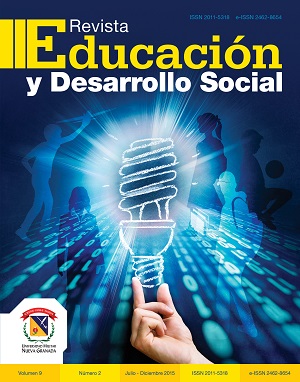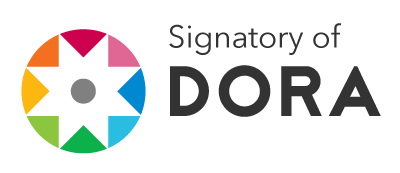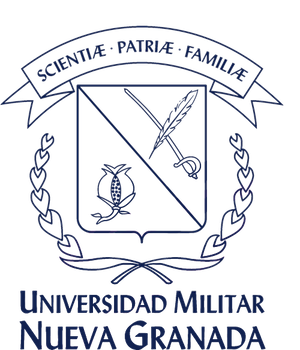Students’ learning styles supporting efl practice
Abstract
This article summarizes the different kinds of learning styles as well as the way to identify and classify students’ learning styles in an EFL classroom. It offers a range of strategies to make our teaching more sensitive and rewarding. There are also some research studies in the field of learning styles which suggest that teaching strategies should match students’ learning preferences in order to provide a variety of learning experiences to students. The article ends by suggesting some activities that engage students to learn based on their learning styles, which include a combination of individual and group work.
Downloads
References
Bain, O. and Cummings, W. (2000). Institutional Barriers to the Career Advancement of Academic Women. Comparative Eduation, 44(4), 493-514.
Brown, H. (2000). Principle of Language Learning and Teaching. San Francisco: Pearson Education, San Francisco State University.
Chapelle, C. A. and Roberts, C. (1986). Ambiguity Tolerance and Field independence as Predictors and Proficiency in English as Second Language. Language Learning, 36, 27-45.
Clark, D. R. (2004). Learning Styles and Preferences. Retrieved september 26, 2010, from http://nwlink. com/~donclark/hrd/ahold/isd.html
Coffield, F., Moseley, D., Hall, E. and Ecclestone, K. (2004). Learning styles and pedagogy in post-16 learning: A systematic and critical review. www.LSRC.ac.uk: Learning and Skills Research Centre. Retrieved January 15, 2008: http://www.lsda.org.uk/files/PDF/1543.pdf
Danesi, M. (1988). Neurological Bimodality and Theories of Language teaching. Studies in Second Lan-guage Acquisition, 10, 13-31.
Elliot, A. Raymond. (1995). Field Independence/dependence, hemispheric specialization, and attitude in relation to pronunciation accuracy in Spanish as a foreign language. Modern Language Journal, 79, 356-371.
Grasha, A. F. (1996) Teaching with Style: A Practical Guide to enhancing Learning by Understanding Teaching and Learning Styles. Pittsburgh: Alliance Publishers.
Harb, J. N., Terry, R.E., Hurt, P.K. and Williamson, K. J. (1995). Teaching Through the Cycle: Applications of Learning Style Theory to Engineering Education at Brigham Young University. Provo: Brigham Young University Press.
Hoffman, S. Q. (1997). Field dependence/independence in Second Language Acquisition and Implica-tions for Educators and Instructional Designers. Foreign Language Annals, 30, 221-234.
Keefe, J. W. (1979). Learning style: An overview. In NASSP’s Student learning styles: Diagnosing and proscribing programs (pp. 1-17). Reston, VA. National Association of Secondary School Principles.
Keefe, J. W. (1979). Student Learning Styles: Diagnosing and Prescribing. Reston: National Association of Secondary School Principals.
Kolb, D. A. (1981). Learning Styles and Disciplinary Differences. In Arthur Chickering and Associats (Ed), The Modern American College (pp. 232-255). San Francisco: Jossey-Bass.
Kolb, D.A. (1984). Experiential Learning: Experience as the Source of Learning and Development. Eglewood Cliffs: Prentice-Hall.
Marzano, R. J. (1998). A theory-based meta-analysis of research on instruction. Aurora: Mid-continent Re-gional Educational Laboratory.
McCarthy, J. P. and Anderson, L. (2000). Active Learning Techniques Versus Traditional Teaching Styles. Two experiments from History and Political Science. Innovative Higher Education, 38(4), 435-454.
Stevick, Earl. (1982). Teaching and Learning Languages: Seven Who Achieved It and What Workrd for Them. New York: Prentice Hall.
Stewart, K. L. and Felicetti, L. A. (1992). Learning styles of marketing majors. Educational Research Quarterly, 15(2), 15-23.
Warren, R. (1997). Engaging Students in Active Learning. About Campus, 2(1), 16-20.













